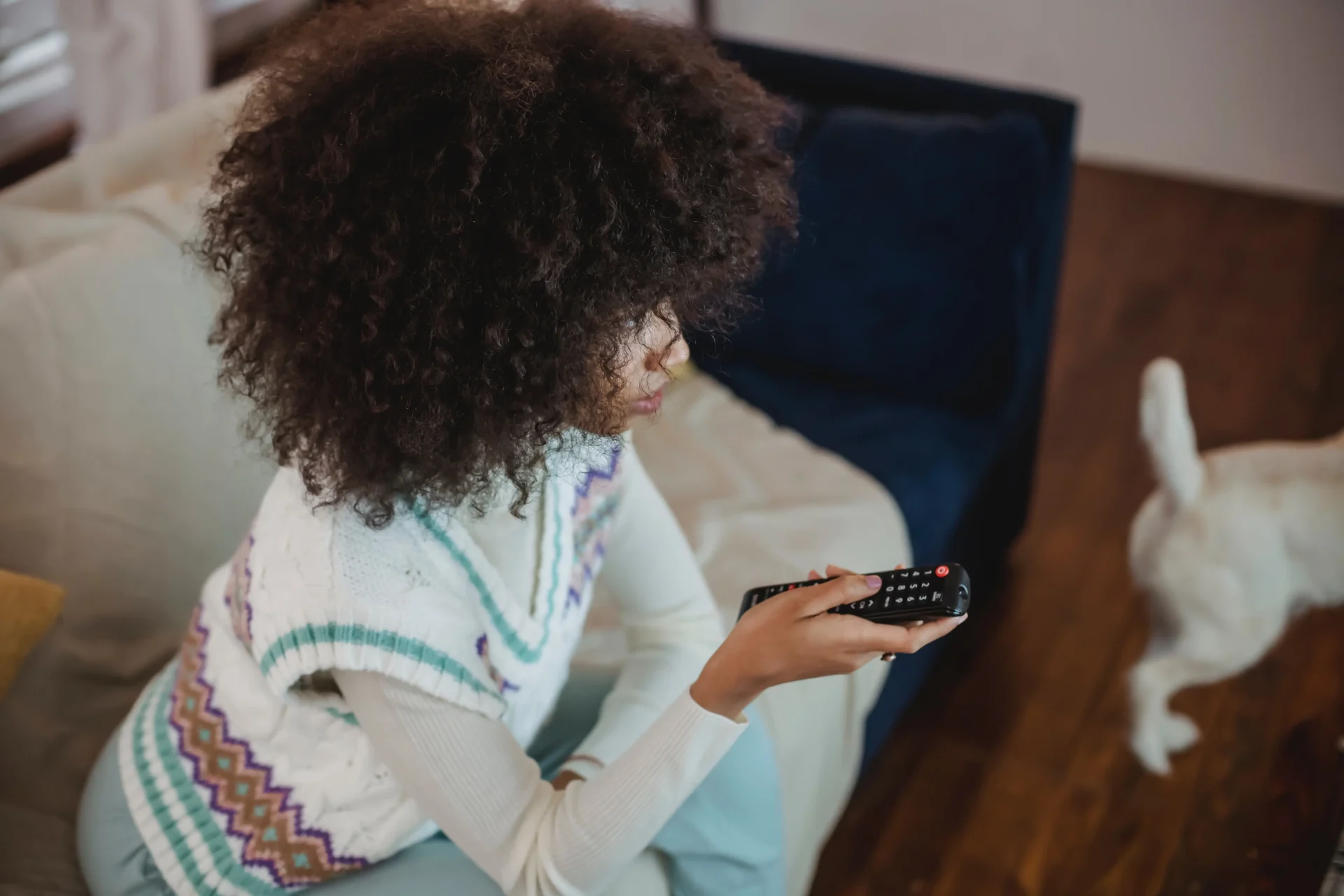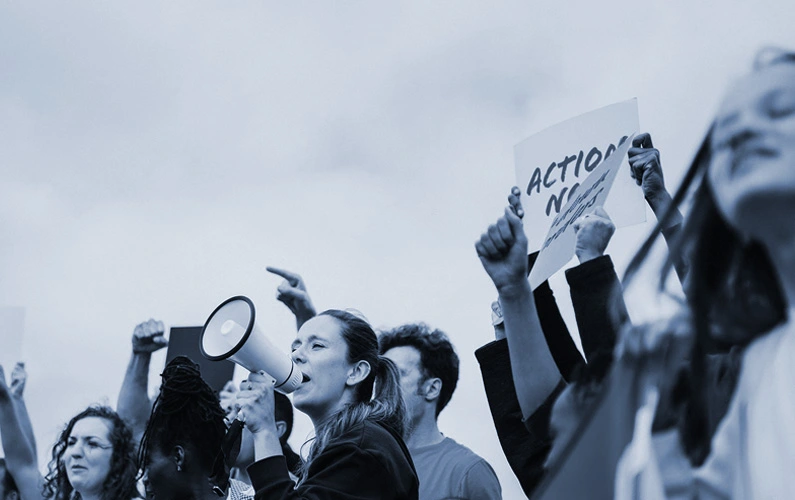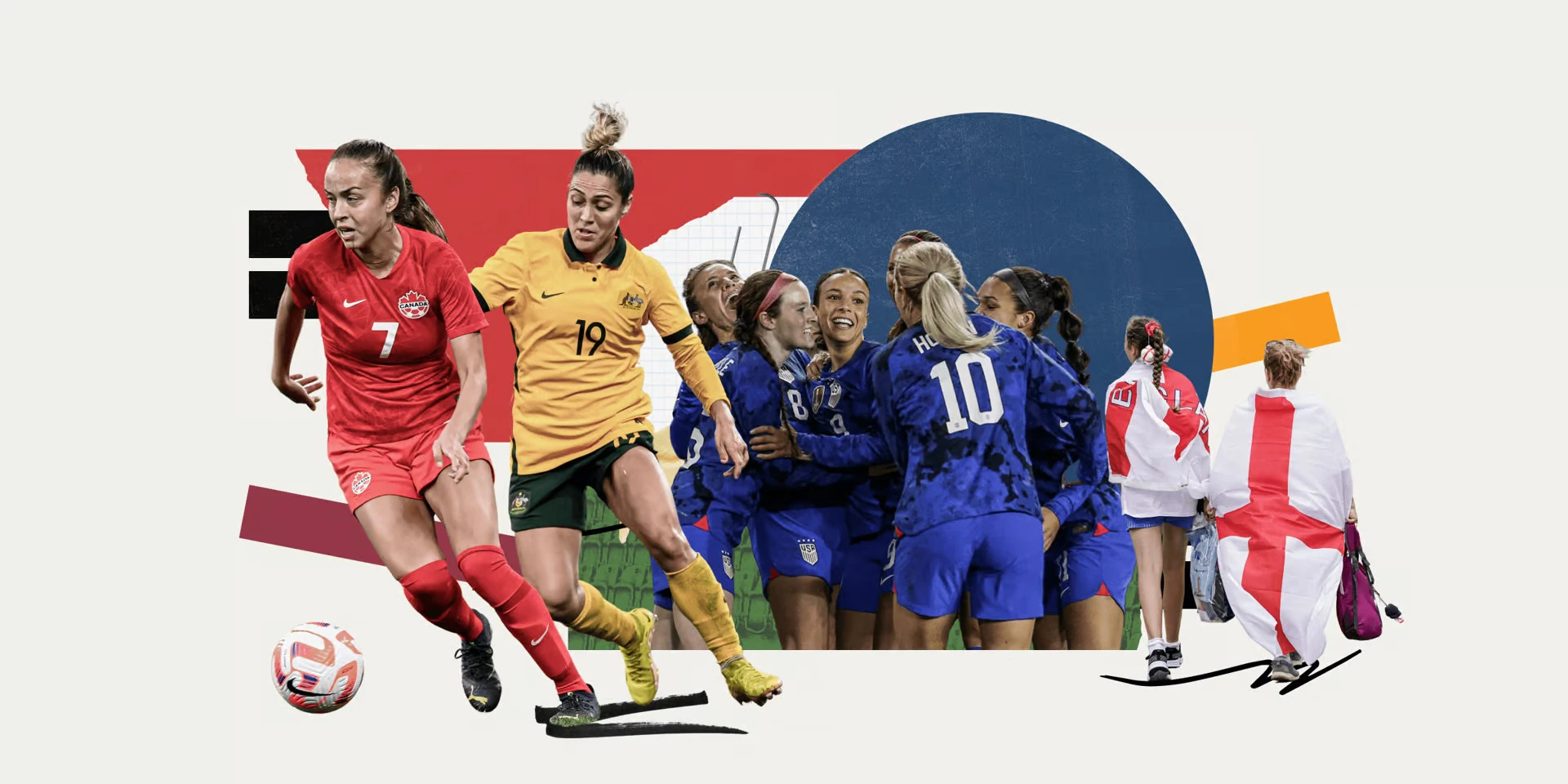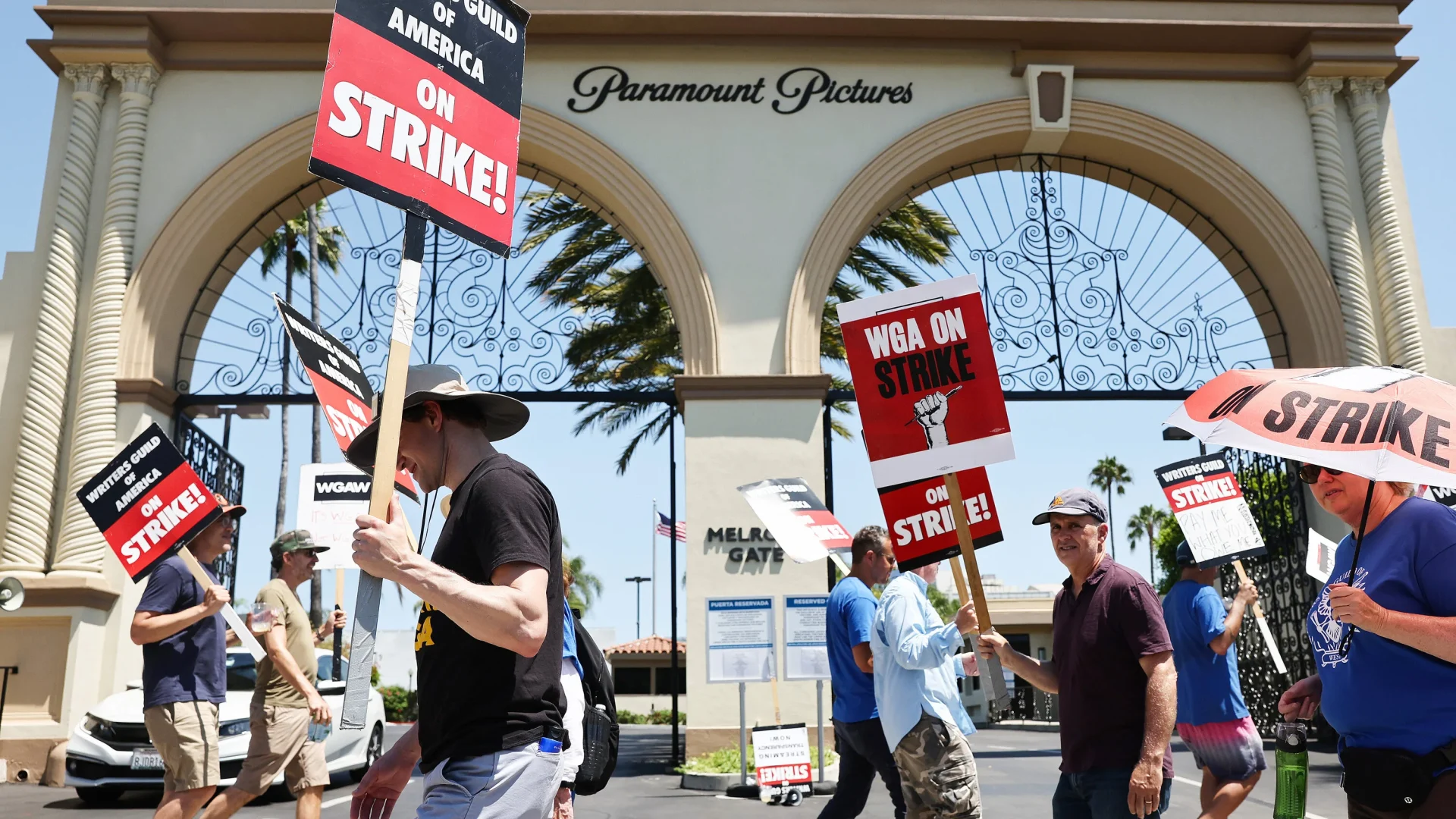
On July 21st of this year, we entered the world of Barbenheimer which is made up of Greta Gerwig’s Barbie and Christopher Nolan’s Oppenheimer. Vue International said it was the biggest weekend for UK cinema tickets in the last 4 years (partly due to COVID). The cinema chain stated that a fifth of its customers had purchased tickets to see both films on the same day, a testament to the scale and hype around these two films and the coincidental timing of their release. They even confirmed that 2,000 of their cinemas had completely sold out of seats for the launch of Barbie.
Many months prior to the launch, the Gold, Silver and Bronze spots were sold for both films. In DCM cinemas, Dyson nabbed the Gold spot before Barbie, with Levi’s and Google Pixel grabbing Silver and Bronze. For Oppenheimer, Samsung took the prime position whilst Sky Glass and Peugeot grabbed the two prime spots before screening.
As of August 2023, the total box office revenue surpassed £104m which is 67% higher than the same month in 2022. Year-to-date revenue is also up 10% compared with the period between January and the end of August 2022. For brands, there is one major takeout from these stats. Results serve to highlight how important cinema is to the overall media plan, even if it’s not quite as big as both Barbie and Oppenheimer themselves.
Both agencies and advertisers can learn a lot from this cinema phenomenon. Positioning your message with a big film is one thing, but creating a cohesive plan, where all media works together and aligns with a key focus, can allow you to stand out and become recognised as the main associate brand with a film. Social media and natural word of mouth also play key parts in the process and add further value. Having the public talk about a blockbuster film, with which your brand is associated, extends your reach into conversations that cost you nothing more. We call that a win-win for everyone.
As mentioned, their mutual success was thanks in part to an idea, popularised on social media ahead of the films’ shared opening weekend in July. The suggestion of making an event of attending both films as a double feature caught the public’s imagination. Whether the two films, alongside big April performer The Super Mario Bros Movie, will be enough to continue to lift the cinema industry through the rest of the year is less certain.
We can thank three more films for the box office boost this Summer:
- Mission Impossible: Dead Reckoning Part One
- Meg 2: The Trench
- Teenage Mutant Ninja Turtles: Mutant Mayhem,
So far, numbers are a massive +65% ahead of August 2022 with one week still left to report.











Recent Comments